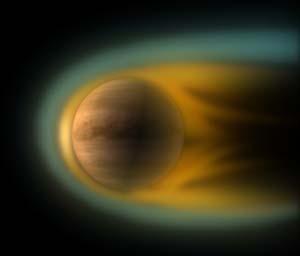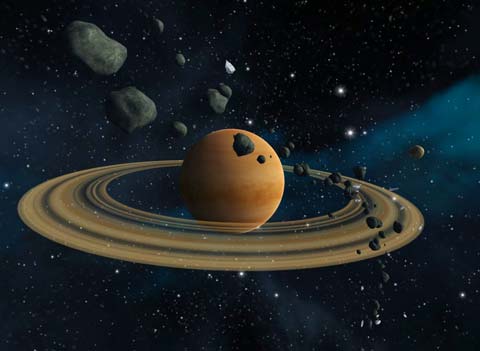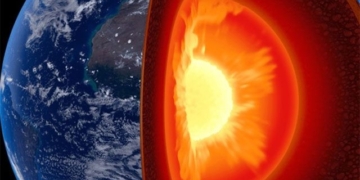Among the countless bright stars, aside from the planets, most shine with their own light and have relatively stable positions. These are called stars. They are the eternal beacons in the sky that never extinguish. The Sun is the closest star to us. The nearest neighboring star is over 4 light-years away. If we could bring that neighbor close to us like the Sun, we would have another Sun.
 |
(Image: yubanet) |
Ancient people believed that the relative positions of stars are unchanging. In reality, stars not only rotate but also move through space at varying speeds, faster than spacecraft; they are just too far away for us to notice.
Stars are all massive celestial bodies. For example, the diameter of the Sun is about 1.4 million kilometers; that’s 109 times the diameter of Earth and has a volume 1.3 million times that of Earth. In the vast ocean of the universe, the Sun is just a very ordinary member. The giants in the star world can have diameters tens to hundreds of times greater than the Sun. Their masses can be 0.5 to 5 times that of the Sun, with a few stars having masses several dozen times greater than the Sun.
The brightness of stars varies; even if they appear similar, the distance from us makes their brightness different. Astronomers classify stars into six magnitudes based on their apparent brightness (visual magnitude). The brightest star is classified as magnitude I, followed by magnitudes II, III, IV, and V, with the faintest stars visible to the naked eye classified as magnitude VI. After the invention of telescopes, astronomers discovered many stars fainter than magnitude VI. There is another classification known as “absolute magnitude.” Absolute magnitude reflects the intrinsic brightness or total luminosity of a star, which differs from apparent magnitude.
The gas in stars is primarily hydrogen, followed by helium. At a temperature of 7 million degrees Celsius, four hydrogen nuclei combine to form a helium nucleus, releasing a tremendous amount of energy. This is the process of nuclear fusion. The immense explosive power of hydrogen bombs stems from this fusion reaction. Within stars, there are always “fusion bombs” that are “exploding,” turning the star into a massive ball of fire with hot gas, emitting light and heat. The temperature of a star decreases from its center to its outer edges. However, the surface temperature of stars remains incredibly high: at least over 2000oC, and can reach up to 40,000oC. The temperature of the Sun is 6000oC. The surface temperature of a star determines its color. This is similar to a piece of iron being heated; as the temperature increases, it changes color from red to yellow, white, and even blue.
Stars are the fundamental members of the universe. For each star, there is a birth date and a death date. However, when one series of stars dies, another series is born. Therefore, the universe will always be filled with countless “Suns.”

(Image: roguelaze)



















































